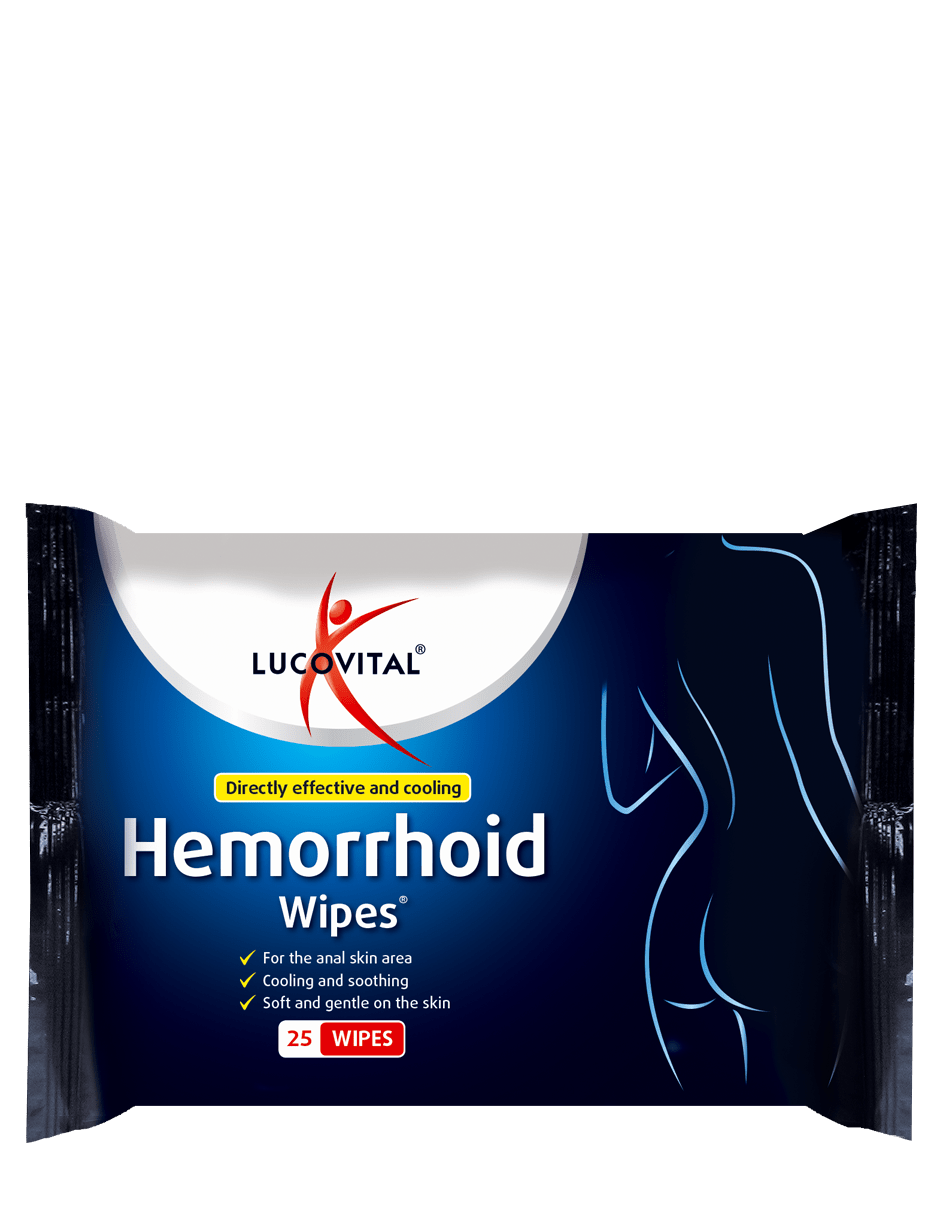
The physical examination should include visual inspection of the anal region, digital examination, and anoscopy. The medical history should include the duration and nature of the symptoms, bowel habits, comorbid conditions, prior abdominal or anal surgeries, medications including nonsteroidal anti-inflammatory drugs (NSAIDS) and anticoagulants, prior endoscopic examination, and family history of gastrointestinal disorders.

Table 2 presents other causes of severe anal pain. In the absence of visible, thrombosed external hemorrhoids (blood clot and swelling), severe pain is frequently secondary to anal fissure, not an internal hemorrhoid. Although severe anal pain is often attributed to hemorrhoids, they are rarely the cause. The symptoms of internal and external hemorrhoids are summarized in Table 1. It is important to keep in mind that although hemorrhoids are common, the differential diagnoses for anorectal disorders include dermatologic diseases such as pruritus ani, abscess and fistula, fissure, sexually transmitted diseases, warts, HIV, atypical infections such as tuberculosis, inflammatory ulcers such as Crohn's disease, and malignancy. Patients often complain, “Doc, I have hemorrhoids,” equating any anorectal symptoms with hemorrhoidal disease, including bleeding, lumps, masses, and pain. Several contributing factors have been implicated, including the upright posture of humans, aging, pregnancy, heredity, constipation or chronic diarrhea, and spending excessive periods of time on the toilet (ie, reading, straining). The exact cause of hemorrhoids is unknown. External hemorrhoids can be present in one or more quadrants or can be circumferential. External hemorrhoids occupy the inferior aspect of the anal canal and are covered by anoderm and skin. However, several variations exist, and some patients have more than three bundles.

In most patients, one can identify three columns of hemorrhoids, two on the right and one on the left. Internal hemorrhoids are inside the anal canal and are covered by anal mucosa.

There are two types of hemorrhoids: internal and external. The role of hemorrhoids is not entirely clear, but it has been proposed that they contribute to sensation and continence. ObjectiveTo explore the clinical effects of cold therapy in treatment of inflammatory hemorrhoids.MethodsSixty patients were separated into two groups according to the visiting sequence with 30 cases each.The treatment group accepted cold therapy,meanwhile the control group took the tablets diosmin and accepted hot compress with 50% magnesium sulfate.ResultsThe symptoms evaluation score was ( 10.5 ± 1.3 ) scores and (6.4 ± 1.2) scores before and after treatment in treatment group,while ( 10.3 ☑.4) scores and(9.4 ± 1.3) scores in control group,there was no significant difference before treatment between two groups (P> 0.05 ),but there was significant difference after treatment between two groups (P<0.05).After 3 days treatment, cure rate was 60.0%(18/30),eifficient rate was 90.0%(27/30) in treatment group,while 10.0% (3/30),53.3% ( 16/30 ) in control group,there were significant differences between two groups(P< 0.05).ConclusionCold therapy is good for inflammatory hemorrhoids.Hemorrhoids are vascular cushions in the lower rectum and anus.


 0 kommentar(er)
0 kommentar(er)
